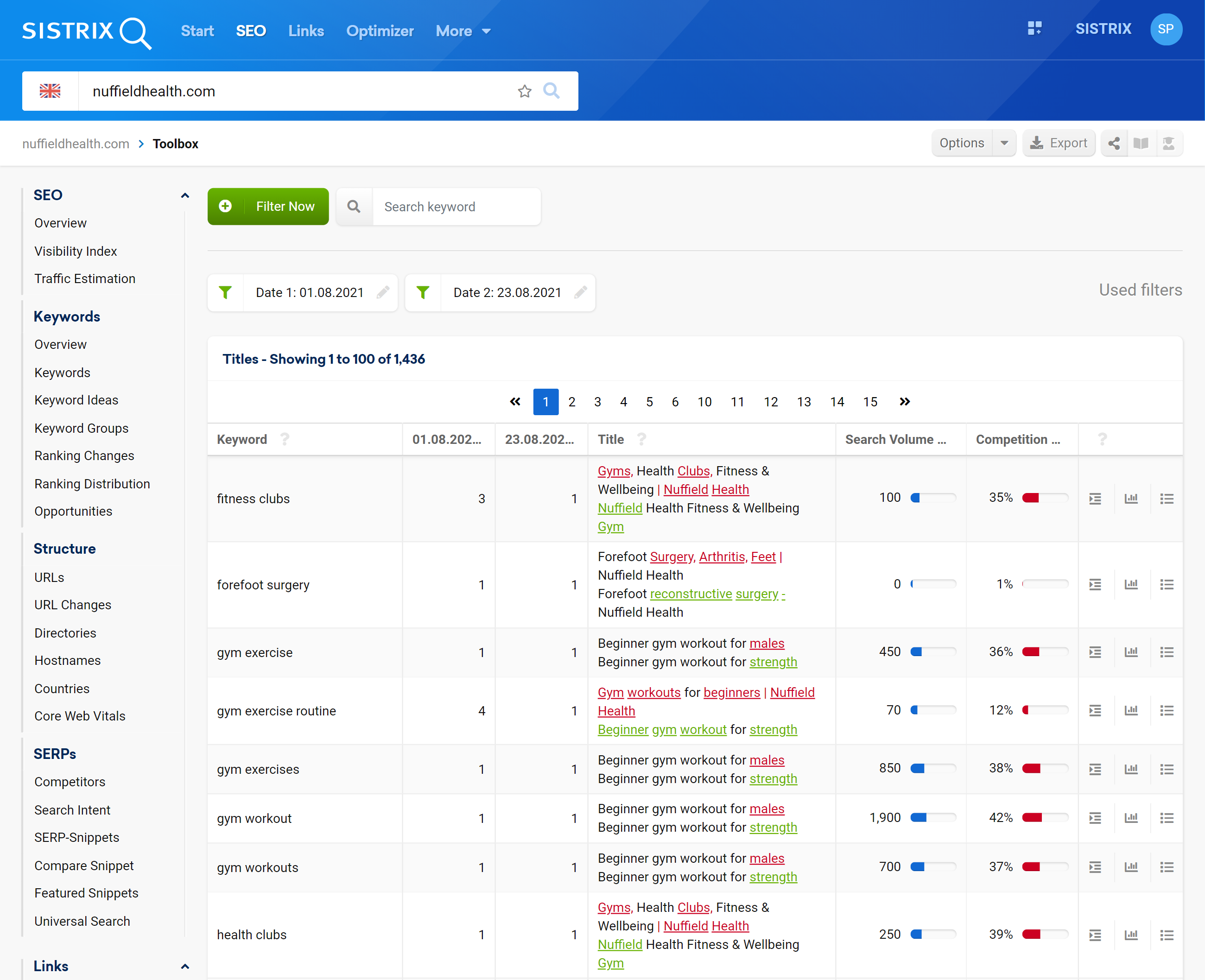The displayed title of search hits has a decisive influence on which result is clicked on in the search results. This week, Google adjusted the method for selecting the title.
Organic search results usually consist of three elements: the title, a short, explanatory text excerpt (snippet) and the URL of the result. There are many special cases and extensions, but the vast majority of search hits look like this:

The title is the most important of these three elements: most searchers use the title to decide whether to click on this hit or select one of the other organic hits on the page.
Google changes the way it chooses the title
As a rule, Google uses the content of the HTML title tag of the page for the title of the organic hit. And in most cases it works: website operators use the title tag to describe the content of the website in a compact, yet understandable way.
In the past, however, Google reserved the right to display a different title than the content of the title tag in the search results. When that happens and under what circumstances, Google changed this week.
Only a few days after the adjustment and with little publicity, Google explains the changes in a post on the Search Central blog. The most important changes:
- While the titles displayed were previously dependent on the search (the keyword), Google now trusts itself to create uniform titles. A URL will therefore always have the same title in the Google search in the future.
- For Google, reasons that speak against adopting the Title Tag are, for example, very long titles, titles with too many keywords (keyword stuffing) or boilerplate content (“Home”, “Untitled”).
- In these cases, Google will look for the largest (visually) main-heading on the page. This will often be the first H1 heading, which Google will use.
Understand and analyse title changes
Google has the right intention with this change and I am convinced that, overall, it will lead to (significantly) better results across all the titles displayed on all web pages.
In individual cases, however, this adaptation of Google’s methodology can lead to poorer, unsuitable titles being displayed. The first hints will be seen in the CTR of these results, and a little later in the rankings.
We have integrated a new function in SISTRIX so that you can easily track the changes made by Google for each domain. Under SERPs> SERP-Snippets there is now the button “Show title changes”, which takes you directly to this analysis:

As you can see here in the example of “nuffieldhealth.com”, when comparing the displayed titles from the beginning of the month and the beginning of this week, Google usually selects better, cleaner and more appropriate titles.
For the keyword “gym exercise” and other “gym” keywords have been made gender neutral, and the keyword “health clubs” has been reduced slightly.
Conclusion
This week, Google changed the way they choose the title for the organic search results. Because of this, titles displayed in the SERPs have changed for many search results.
Since this change can have an impact on the CTR and thus in the medium-term on the ranking, it is advisable to check and, if necessary, adjust the displayed titles of your own websites. As of today, SISTRIX offers a new function to carry out this check quickly and easily for any domain.
